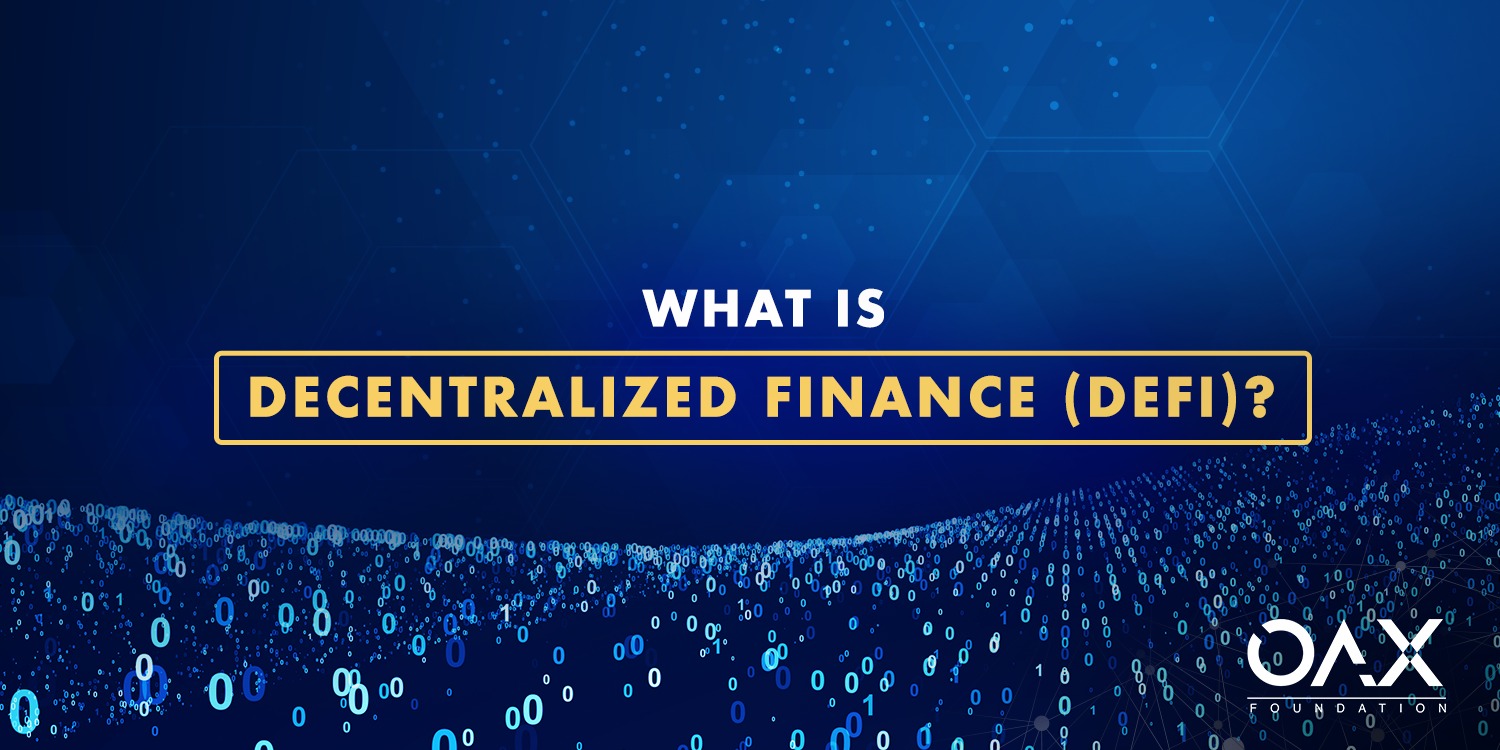
What is DeFi?
As blockchain has continued to evolve over the last few years, we’ve seen a progression of key trends. Having shifted focus from different forms of digital currency to exchanges, and ICOs to IEOs / STOs, more and more participants in the financial services sector have built their understanding of blockchain technology’s potential and are now exploring practical use cases for its deployment. For these parties, the way to fulfill blockchain’s promise of useable decentralized financial products and services is to adapt existing financial products and services into a decentralized format – creating tradeable assets and financial services run on large computing networks with no central control. This process has become known as decentralized finance, or DeFi.
DeFi is the beginning of a peer-to-peer electronic financial structure leveraging cryptographic assets and blockchains to issue, trade and hold financial assets. Building on the fundamental qualities of blockchain, DeFi Dapps would have three main characteristics:
-
Easy access: a system that is open to anyone via the internet so that capital can flow freely around the globe.
-
Interoperable: a critical building block to making interaction between blockchains simple and creating an ecosystem that can scale and become more sophisticated over time.
-
Transparent: while privacy should be preserved, data about market activities should be visible on an equal basis to all participants.
In addition, DeFi Dapps will have limited need for third parties, banks or clearing houses – so that they are truly trustless as users will be custodians of their own assets.
Reengineering financial products as Dapps on blockchains opens up a huge range of possibilities. This is the principle underlying the concept of stablecoins, or tokens connected to real-word assets but more transparent and resilient than their analogue counterparts. Other DApps will leverage peer-to-peer networks to create lending platforms without the need for intermediaries, increasing financial inclusion. Use cases for DeFi wallets, insurance products, and savings funds are under active development. And DeFi’s interaction with smart contracts raises the possibility of creating decentralized derivatives and structured products, appealing to sophisticated market participants.
How do decentralized exchanges (DEX) fit into this DeFi space? By addressing DeFi as reengineered financial products and services, DEX are a key component of DeFi. And we can expect DeFi to drive growth and liquidity as issuers and traders are attracted to the efficiencies and transparency of trustless financial instruments. As with most activity in decentralized finance, DEX require liquidity to function better: the more users, the greater liquidity, leading to more efficient execution in greater sizes with tighter spreads and more resilient pricing. Integrating DEX through DeFi solutions will offer the advantage of pooling liquidity, creating scale, ease of use, growing volumes and richer data. Sharing resources also leads to lower costs for developers and operators.
Apart from trading cryptoassets, the DeFi model shows potential to revolutionize other areas of the financial services landscape. Payments underpin the global banking system and powers countless businesses around the world. DeFi solutions offer the possibility to create instant payments using smart contracts, with minimal costs compared to the current system. This includes the ability to batch and net payment amounts, compute exchange rates, and provide detailed real-time account reports. For crypto assets, specialist DeFi DApps can enable conversion between different coins or tokens, and potentially between crypto and other assets. Once again, scale and liquidity will build more easily and efficiently in a decentralized environment where DApps can talk to each other seamlessly.
Quite apart from a huge variety of transaction types, DApp developers are excited by the possibility of harnessing DeFi to leverage the masses of data generated in a decentralized environment to create market forecasts, anticipating price movements for all manner of traded assets. DeFi will also provide new sources of data for credit risk analysis, credit scoring and interest payments. The advantages of easily-gathered and easily-shared information, rapid scalability and smart-contract automation promise to create better ways of crunching data for new insights and smarter decision-making.
DeFi shows the promise of blockchain in action, delivering meaningfully on many of the predictions associated with blockchain. In 2020, commentators predict that DeFi will represent the next big step in blockchain’s journey from a beguiling technology to a useable tool, overcoming significant hurdles to mass adoption. In the world of cryptoasset exchanges, the promise of trustless trading will become a reality for more participants as the DeFi principles take hold.


